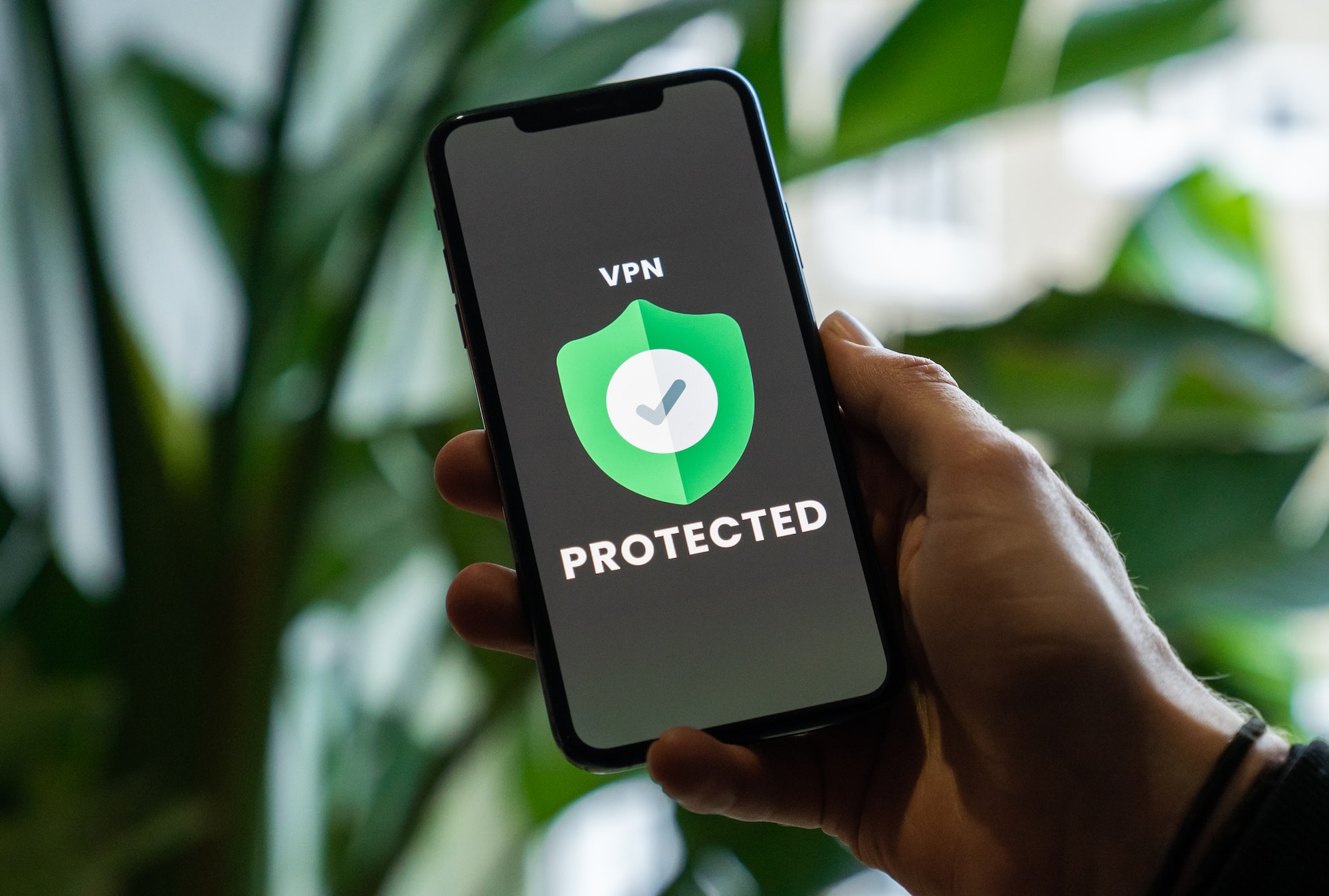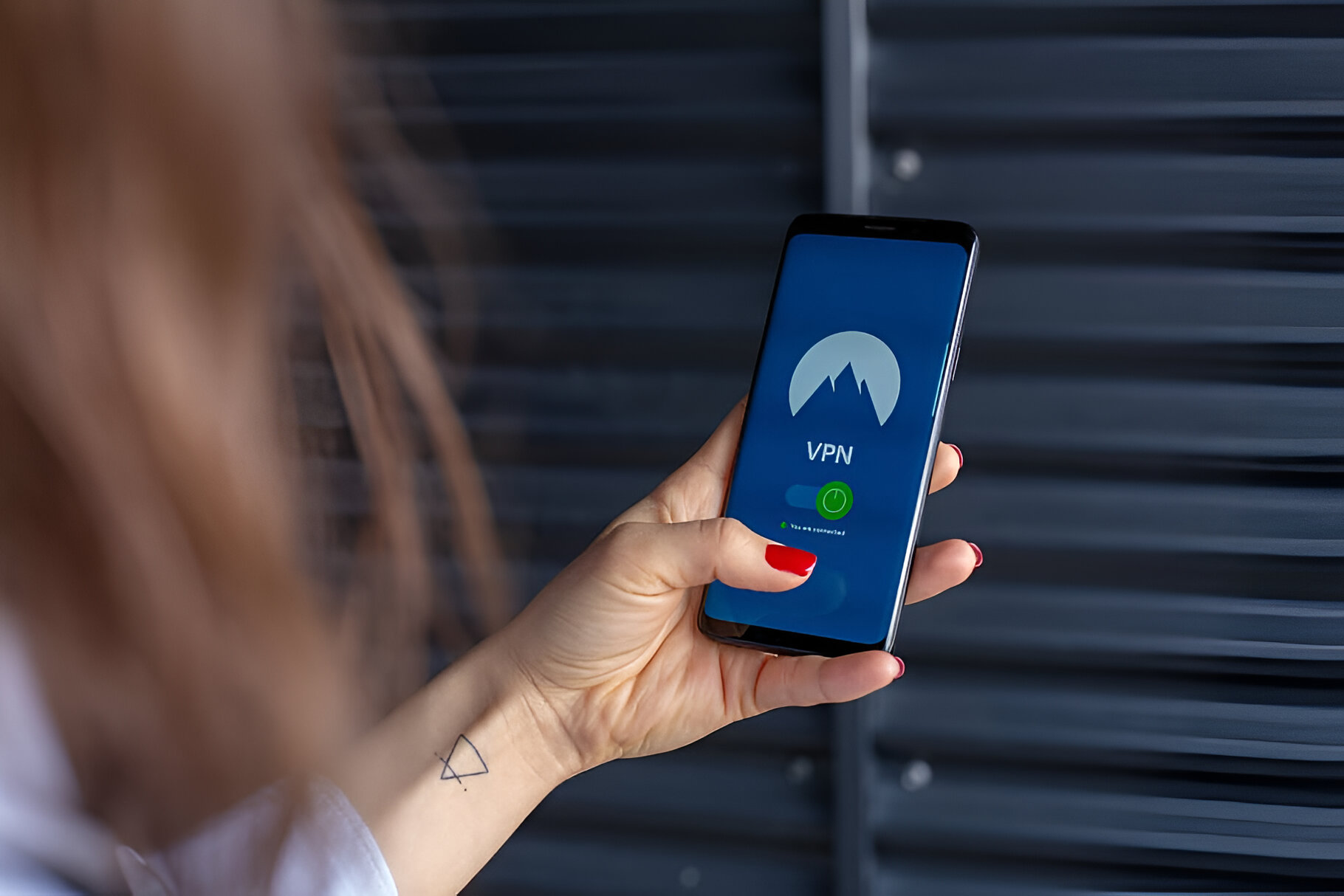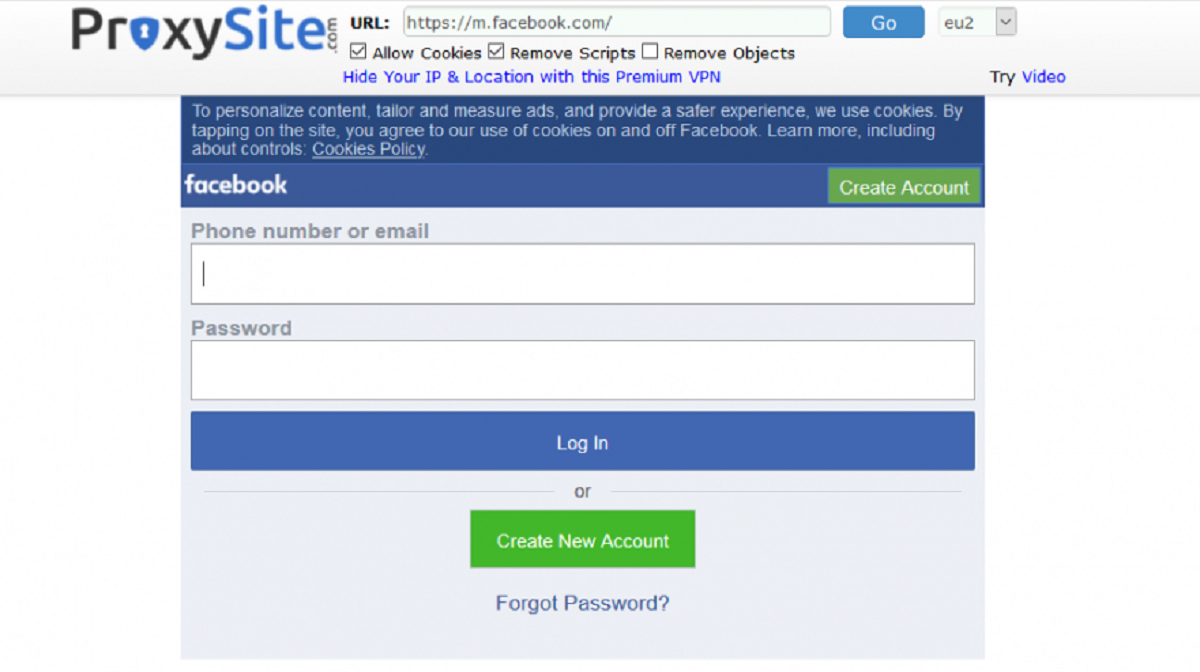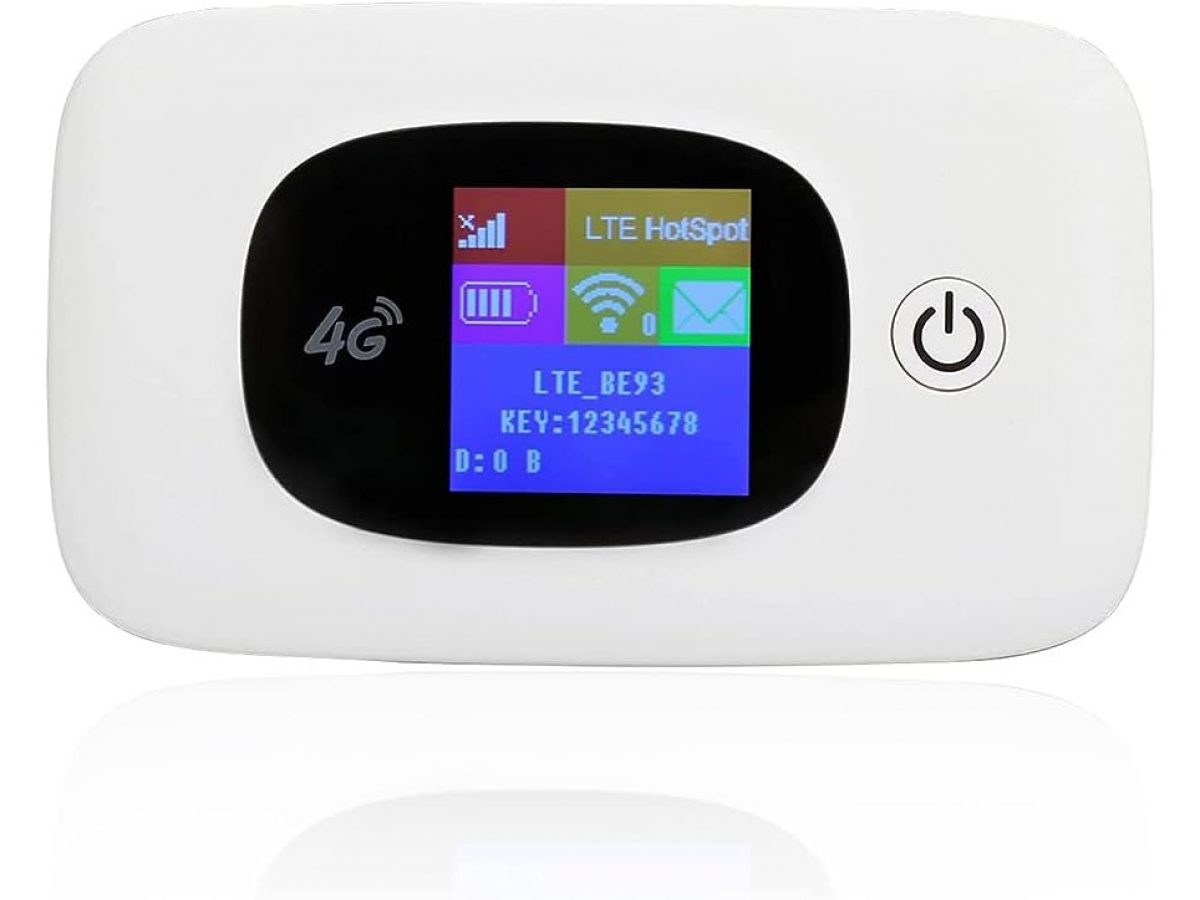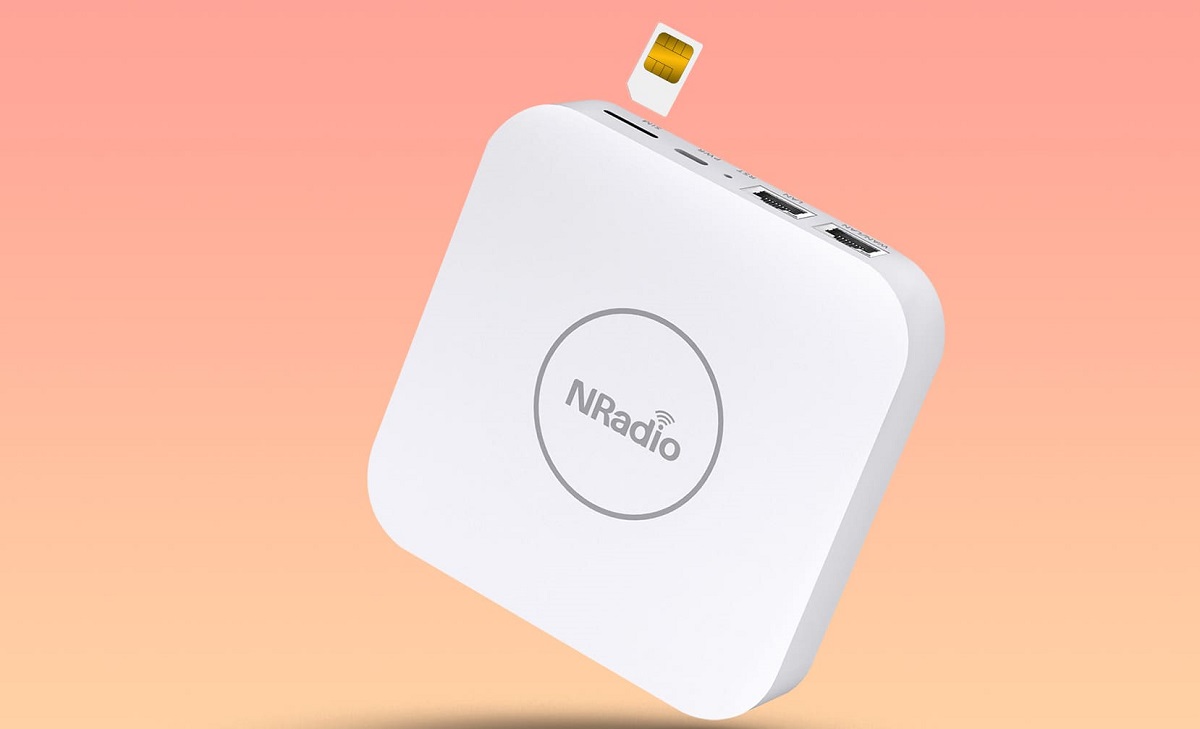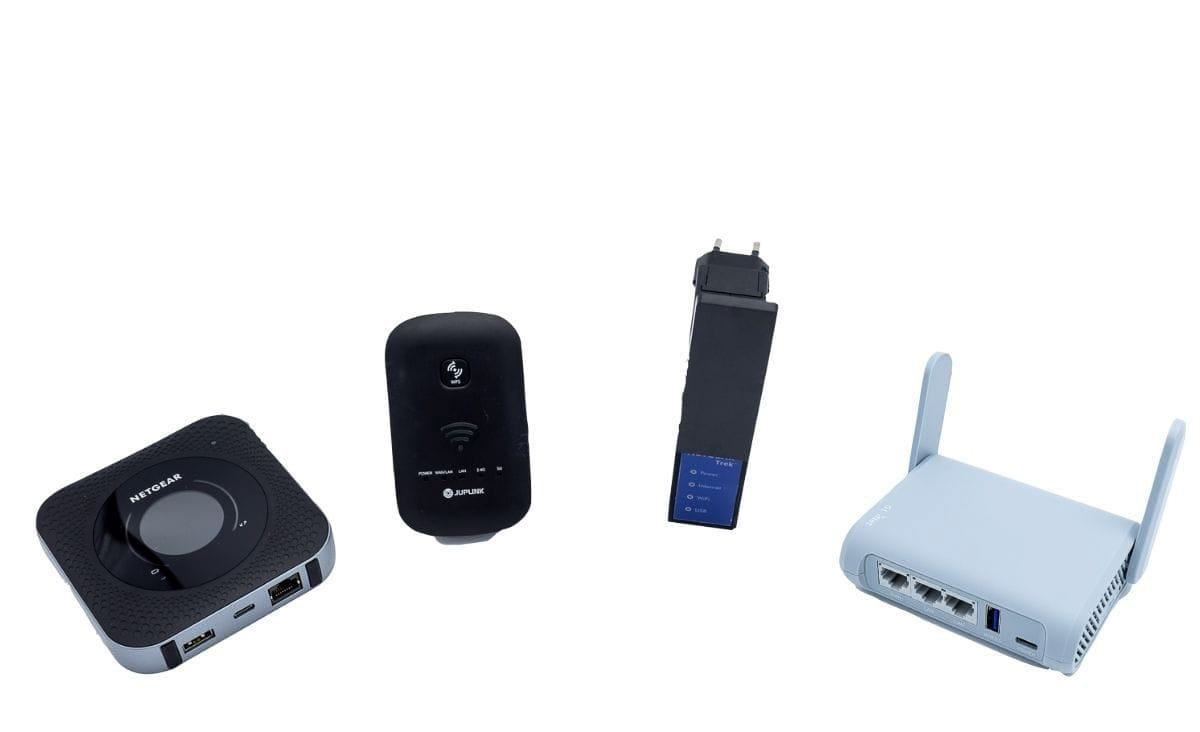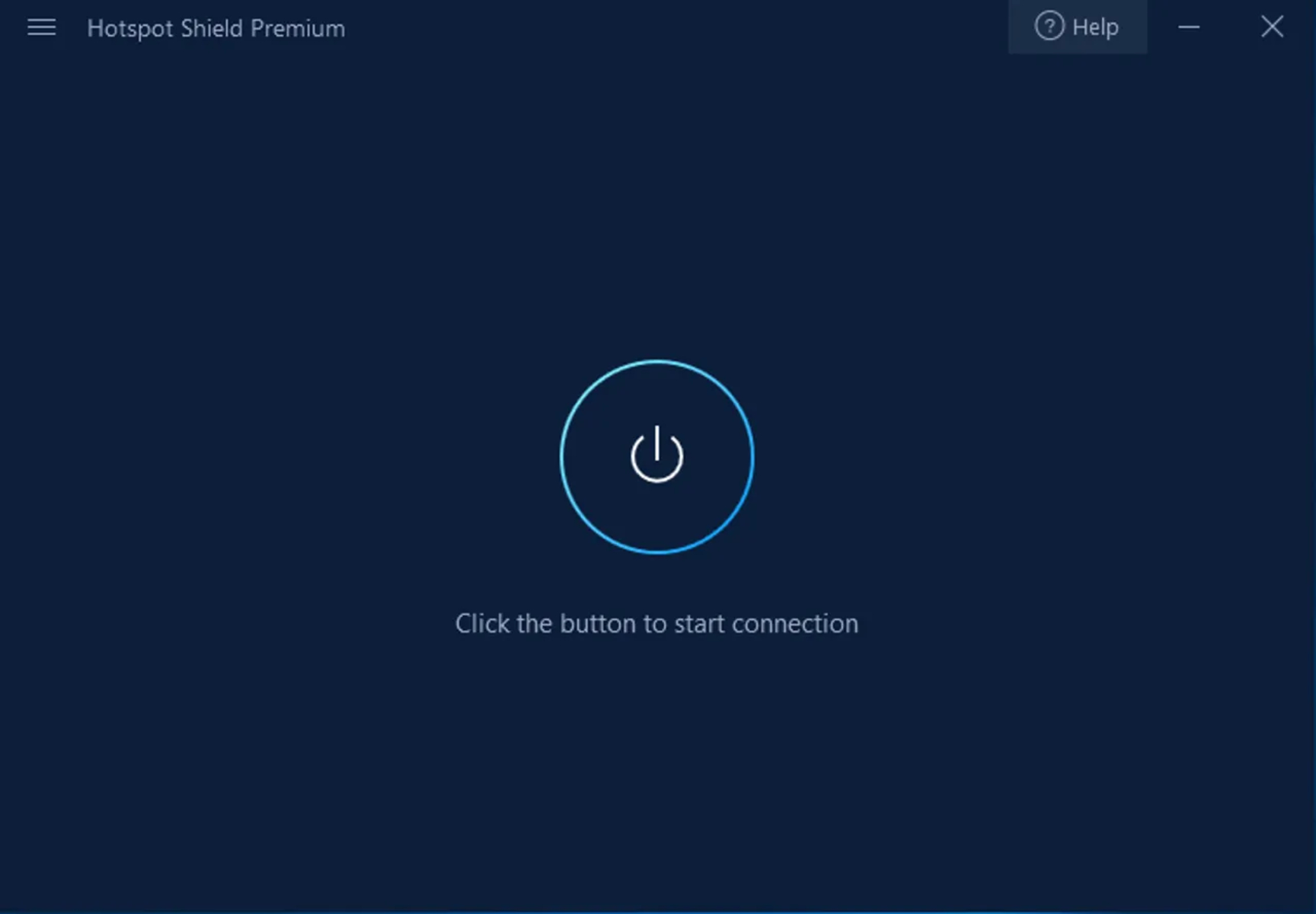Introduction
In our increasingly interconnected world, the need for secure and private internet access has become paramount. Whether you're browsing the web from a coffee shop, airport, or any public Wi-Fi hotspot, the risk of cyber threats and privacy breaches looms large. This is where a Virtual Private Network (VPN) comes into play, offering a shield of protection for your online activities.
Moreover, with the surge in remote work and the reliance on mobile devices, the use of personal hotspots has become common. While convenient, these hotspots can pose security risks if not properly secured. Fortunately, by configuring a VPN on your hotspot, you can ensure that your internet connection remains encrypted and safeguarded from prying eyes.
In this article, we will delve into the intricacies of setting up a VPN on a hotspot, providing user-friendly instructions to enable you to establish a secure connection with ease. Whether you're a tech-savvy individual or a novice in the realm of VPNs, this guide will equip you with the knowledge and confidence to fortify your hotspot with a robust layer of protection.
By understanding the fundamentals of VPN technology and the nuances of hotspot configurations, you can take proactive steps to safeguard your online privacy and security. So, let's embark on this journey to demystify the process of configuring a VPN on your hotspot, empowering you to browse the web with peace of mind and confidence.
Understanding VPN and Hotspot
In the digital landscape, a Virtual Private Network (VPN) serves as a secure tunnel that encrypts and protects your internet connection, shielding your online activities from potential eavesdropping and cyber threats. When you connect to a VPN, your data is routed through a remote server, and your IP address is masked, thereby enhancing your privacy and anonymity. This is particularly crucial when using public Wi-Fi hotspots, where the risk of data interception and unauthorized access is heightened.
On the other hand, a hotspot refers to a physical location where wireless internet access is made available to the public, typically facilitated through a wireless router. Mobile hotspots, often integrated into smartphones or portable devices, enable users to create a Wi-Fi network by utilizing cellular data. While hotspots offer convenient internet access on the go, they also present security vulnerabilities, as data transmitted over these networks can be intercepted by malicious actors.
When a VPN is configured on a hotspot, it establishes a secure connection between the user's device and the VPN server, encrypting all data transmitted through the hotspot. This encryption fortifies the connection, preventing unauthorized access and ensuring that sensitive information remains confidential. By leveraging a VPN on a hotspot, individuals can mitigate the inherent risks associated with public Wi-Fi networks, thereby safeguarding their personal and professional data from potential cyber threats.
Understanding the interplay between VPN technology and hotspots is pivotal in recognizing the significance of securing internet connections, especially in today's dynamic and interconnected digital landscape. With this foundational knowledge, individuals can make informed decisions regarding their online privacy and security, empowering them to navigate the web with confidence and peace of mind.
Choosing the Right VPN for Hotspot
Selecting the appropriate VPN for securing your hotspot is a critical decision that directly impacts the efficacy of safeguarding your online activities. With a myriad of VPN providers available in the market, it's essential to consider several key factors when making this choice.
-
Security Features: Prioritize VPNs that offer robust encryption protocols, such as AES-256, and support secure tunneling technologies like OpenVPN or IKEv2. Additionally, look for built-in features like a kill switch and DNS leak protection to fortify your connection against unexpected vulnerabilities.
-
Server Network: A wide-ranging server network enables you to access geographically diverse locations, enhancing your browsing experience and enabling you to bypass regional restrictions. Opt for a VPN with an extensive server network to ensure seamless connectivity and unrestricted access to online content.
-
Privacy Policy: Thoroughly review the VPN provider's privacy policy to ascertain their stance on data logging and user privacy. Look for providers that uphold a strict no-logs policy, ensuring that your online activities remain confidential and are not stored or monitored.
-
User-Friendly Interface: A user-friendly interface and intuitive setup process are crucial, especially for individuals new to VPN technology. Choose a VPN that offers a streamlined and easy-to-navigate interface, simplifying the setup and configuration process for your hotspot.
-
Customer Support: Opt for VPN providers that offer responsive customer support, including live chat assistance and comprehensive online resources. This ensures that you can promptly address any issues or queries that may arise during the configuration and usage of the VPN on your hotspot.
-
Compatibility and Simultaneous Connections: Consider the compatibility of the VPN with your hotspot device, whether it's a smartphone, tablet, or portable hotspot device. Additionally, evaluate the number of simultaneous connections allowed, as this determines the flexibility and scalability of securing multiple devices under a single VPN subscription.
By carefully evaluating these factors and conducting thorough research on reputable VPN providers, you can make an informed decision when choosing the right VPN for securing your hotspot. Prioritizing security, privacy, and user experience will enable you to establish a robust and reliable VPN connection, fortifying your hotspot against potential security threats and ensuring a seamless and secure browsing experience.
Configuring VPN on Hotspot: Step-by-Step Instructions
Configuring a VPN on your hotspot is a straightforward process that involves a series of simple steps to establish a secure and encrypted connection. Whether you're using a mobile hotspot from your smartphone or a dedicated portable hotspot device, the following user-friendly instructions will guide you through the setup process with ease.
-
Selecting a VPN Provider: Begin by choosing a reputable VPN provider that aligns with your security and privacy requirements. Ensure that the VPN is compatible with your hotspot device and supports the necessary encryption protocols. Once you've subscribed to a VPN service, proceed to download and install the VPN application on your device.
-
Launching the VPN Application: After installing the VPN application, launch it on your device. Upon the initial setup, you may be required to log in using your credentials provided by the VPN provider.
-
Configuring VPN Settings: Navigate to the settings or preferences section within the VPN application. Here, you can customize various parameters such as encryption protocols, server selection, and additional security features based on your preferences and requirements.
-
Connecting to a VPN Server: Select a VPN server location from the available options provided by the VPN application. Opt for a server location that best suits your browsing needs, whether it's for accessing geo-restricted content or prioritizing connection speed.
-
Enabling the VPN Connection: Once you've chosen a server location, initiate the VPN connection by toggling the "Connect" or "On" button within the VPN application. Upon successful connection, your device will establish a secure tunnel to the selected VPN server, encrypting all data transmitted through the hotspot.
-
Verifying the VPN Connection: To ensure that the VPN is active and functioning as intended, verify the connection status within the VPN application. Typically, a connected status or a VPN icon in the device's status bar indicates that the VPN is successfully configured and operational.
By following these step-by-step instructions, you can seamlessly configure a VPN on your hotspot, fortifying your internet connection with enhanced security and privacy. Once the VPN is successfully set up, you can confidently browse the web, access online resources, and engage in secure communication, knowing that your data is shielded from potential threats and unauthorized access.
Troubleshooting and Tips
Troubleshooting potential issues and implementing effective tips can significantly enhance the performance and reliability of your VPN-configured hotspot. Here are valuable troubleshooting steps and practical tips to address common challenges and optimize your VPN setup:
1. Connectivity Issues:
If you encounter connectivity issues with your VPN-configured hotspot, start by checking your internet connection without the VPN. If the issue persists, troubleshoot your hotspot device's internet connectivity or switch to a different network. Additionally, ensure that the VPN application is updated to the latest version to address potential compatibility issues.
2. Slow Connection Speed:
In the event of sluggish connection speeds, consider switching to a different VPN server location closer to your physical location. This can improve latency and enhance browsing performance. Furthermore, verify that your hotspot device's signal strength and cellular reception are optimal, as these factors directly influence connection speed.
3. DNS Resolution Problems:
If you encounter DNS resolution issues, attempt to change the DNS server settings on your device to utilize the VPN's DNS servers. This can mitigate potential conflicts and ensure seamless DNS resolution through the VPN's secure tunnel. Alternatively, consult the VPN provider's support resources for specific guidance on resolving DNS-related issues.
4. Update VPN Application and Firmware:
Regularly update your VPN application to leverage the latest security enhancements and bug fixes. Similarly, ensure that your hotspot device's firmware and operating system are up to date, as updates often include critical security patches and performance optimizations that can positively impact the VPN configuration.
5. Optimize Encryption Settings:
If you experience performance degradation due to high encryption overhead, consider adjusting the encryption settings within the VPN application. Opting for a lighter encryption protocol or adjusting encryption strength can potentially alleviate performance bottlenecks while maintaining a secure connection.
6. Tips for Seamless VPN Usage:
- Prioritize VPN servers with lower user load for improved performance and stability.
- Utilize split tunneling if supported by your VPN provider to selectively route specific traffic through the VPN, optimizing bandwidth usage.
- Regularly review the VPN provider's knowledge base and community forums for troubleshooting insights and best practices.
- Test the VPN connection on different networks to assess its reliability and performance across varying environments.
By implementing these troubleshooting steps and leveraging practical tips, you can proactively address potential challenges and optimize the performance of your VPN-configured hotspot. This proactive approach ensures that your online activities remain secure, private, and seamlessly accessible, empowering you to navigate the digital realm with confidence and peace of mind.
Conclusion
In conclusion, the integration of a Virtual Private Network (VPN) with a personal hotspot serves as a pivotal step towards fortifying online security and preserving privacy in an increasingly interconnected digital landscape. By understanding the symbiotic relationship between VPN technology and hotspots, individuals can proactively mitigate the inherent security risks associated with public Wi-Fi networks and cellular hotspots.
The process of configuring a VPN on a hotspot, as outlined in this guide, empowers users to establish a secure and encrypted connection seamlessly. By selecting a reputable VPN provider that aligns with their security preferences and adheres to stringent privacy policies, individuals can bolster their online defenses with confidence. The step-by-step instructions provided offer a user-friendly approach, ensuring that both tech-savvy individuals and novices can navigate the setup process with ease.
Furthermore, the considerations highlighted for choosing the right VPN underscore the importance of prioritizing security features, server network diversity, user-friendly interfaces, and responsive customer support. By making informed decisions when selecting a VPN provider, individuals can cultivate a robust shield against potential cyber threats, enhancing their browsing experience while safeguarding sensitive data.
The troubleshooting tips presented offer practical insights into addressing common VPN-configured hotspot challenges, enabling users to optimize their setup and enhance overall performance. By proactively troubleshooting connectivity issues, optimizing encryption settings, and staying abreast of software and firmware updates, individuals can ensure the seamless operation of their VPN-configured hotspot across diverse environments.
Ultimately, the integration of a VPN with a personal hotspot transcends the mere establishment of a secure connection; it embodies a proactive stance towards safeguarding online privacy and fortifying digital defenses. By implementing the insights and instructions provided in this guide, individuals can confidently navigate the digital realm, leveraging the combined strengths of VPN technology and personal hotspots to protect their online activities with resilience and assurance.







